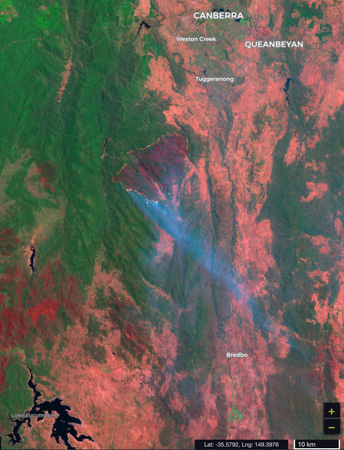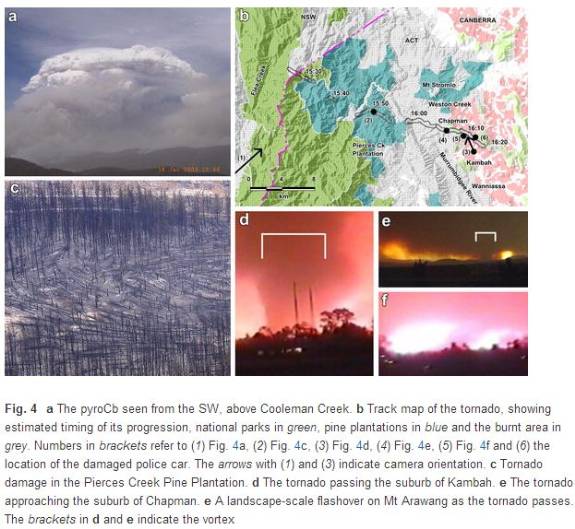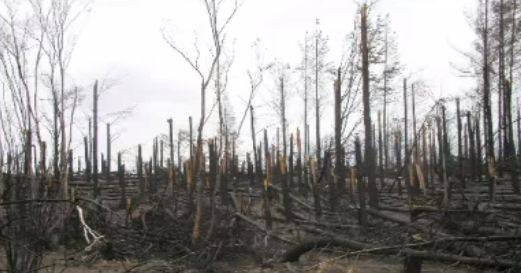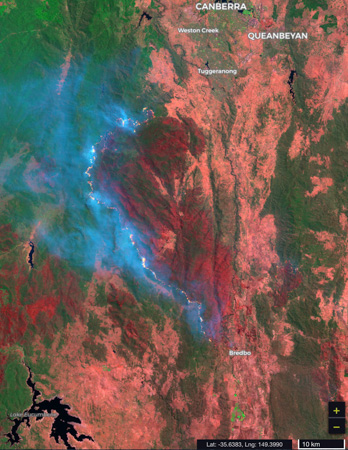
As we reported in February, a helicopter operated by Australia’s Army inadvertently started a bushfire January 27, 2020 in Namadgi National Park south of Canberra, in the Australian Capital Territory (ACT). It was caused by heat from the landing light on an MRH-90 Helicopter as it set down in the remote Orroral Valley for a crew break.
In the coming days, the Orroral Valley Fire grew very large, covered about 80 percent of the National Park, and crossed over into New South Wales where it burned homes. Wildfire Today’s very unofficial estimate based on satellite imagery is that the blaze burned over 250,000 acres.
New information uncovered by the Australian Broadcasting Corporation (ABC) reveals that the crew did not report the specific location of the fire until they landed 45 minutes later at Canberra Airport.
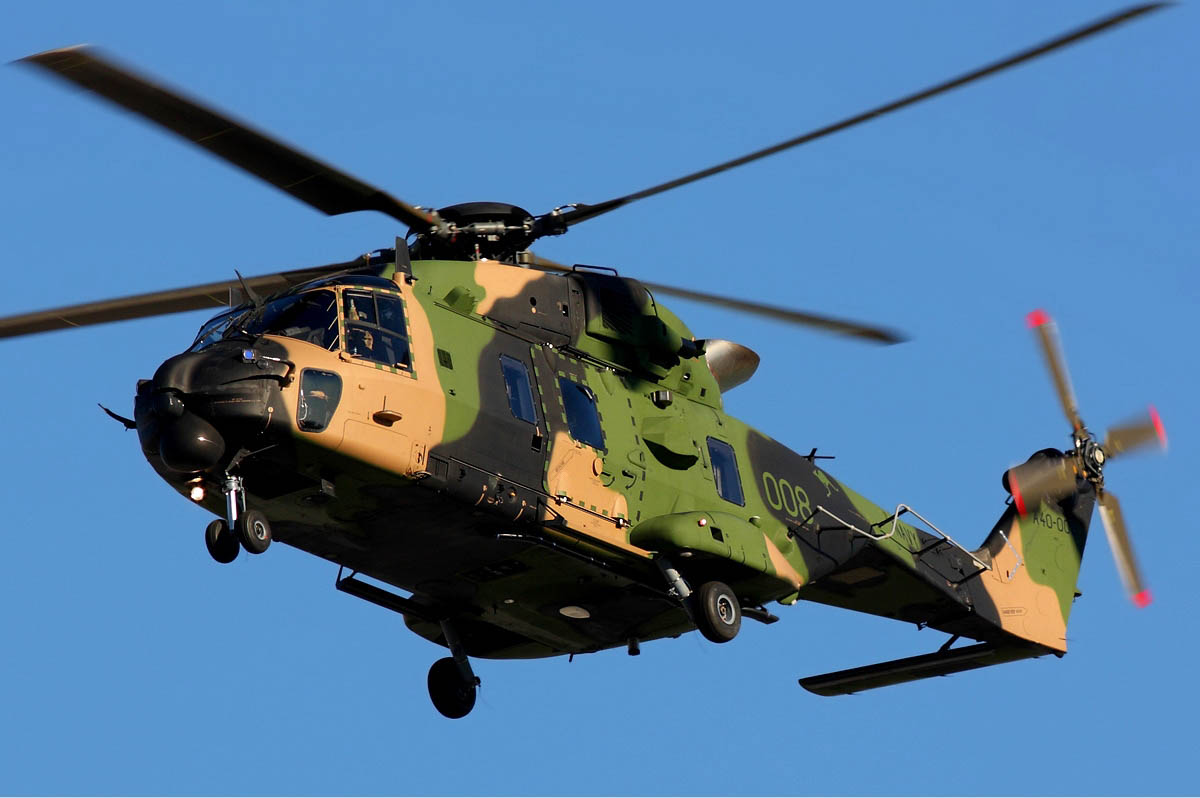
From ABC:
When the blaze threatened to consume the aircraft, the crew took to the skies — only to watch as their helicopter downdraught fanned the flames into what would become a formidable firestorm.
But internal Defence reports on the incident, released to the ABC under Freedom of Information laws, show the helicopter’s pilot did not radio the coordinates in the time it took to return to Fairbairn air base at Canberra Airport.
That lack of information sowed confusion as ACT fire crews were dispatched to different parts of the park in a desperate scramble to locate and extinguish the blaze.
In documents obtained by the ABC under Freedom of Information laws, Defence made it clear the top priority for the helicopter crew was safety, given the aircraft had been damaged in the fire.
Today, in a statement from the Defence Minister’s office, Ms Reynolds defended the aircrew returning to Fairbairn air base at Canberra Airport before relaying the fire’s location to authorities.
She said the airport was the “nearest safe landing area with access to emergency services” for the fire-damaged aircraft.
“Defence advises that the crew were focussed on the immediate safety of the passengers and the flight emergency situation,” the statement from Ms Reynold’s office said.
“Defence advises that during the flight, the crew relayed the in-flight emergency situation to Canberra Air Traffic Control and their commanders.
“Immediately following an emergency landing at Canberra Airport, the aircrew passed the location of the fire to ACT Emergency Services Agency.”
The ACT’s Emergency Services Authority has said the Australian Defence Force’s actions were appropriate.
But others, including former ACT emergency services commissioner Peter Dunn, said the 45-minute delay robbed ACT emergency services of the crucial first hour to stop the fire from growing beyond control.
Today current ACT Emergency Services Commissioner Georgeina Whelan again defended the Army helicopter crew, saying they were following safety protocols.
But Ms Whelan acknowledged the 45-minute delay in firefighters being provided the location of the bushfire was “disappointing”.
“It is very disappointing and I know the entire Canberra community, as was I, we would love to have had information within seconds of that occurring,” she told ABC Radio Canberra.
“What we do know is the aircraft and the pilot focused on the safety of their team and got them back to the ACT airport very safely and we deployed our assets within a very short timeframe.
“It is very unfortunate, it was a really challenging season for all of us.
